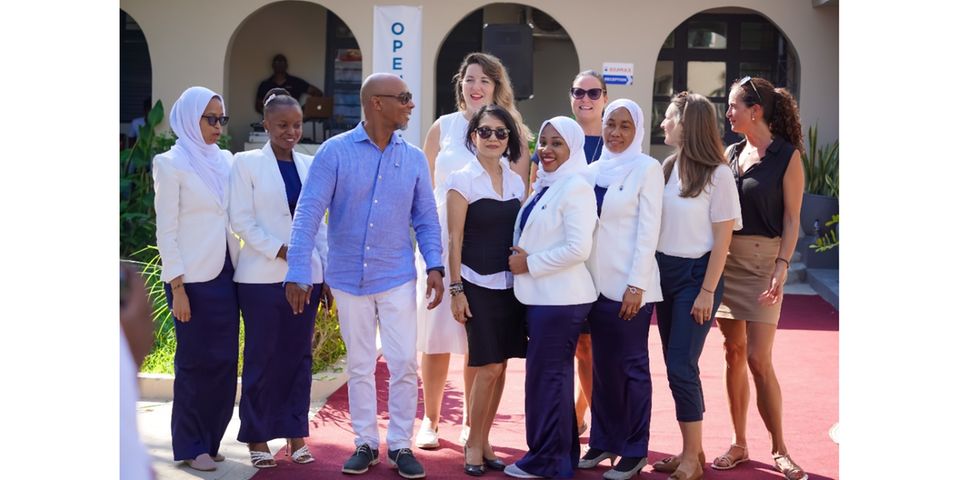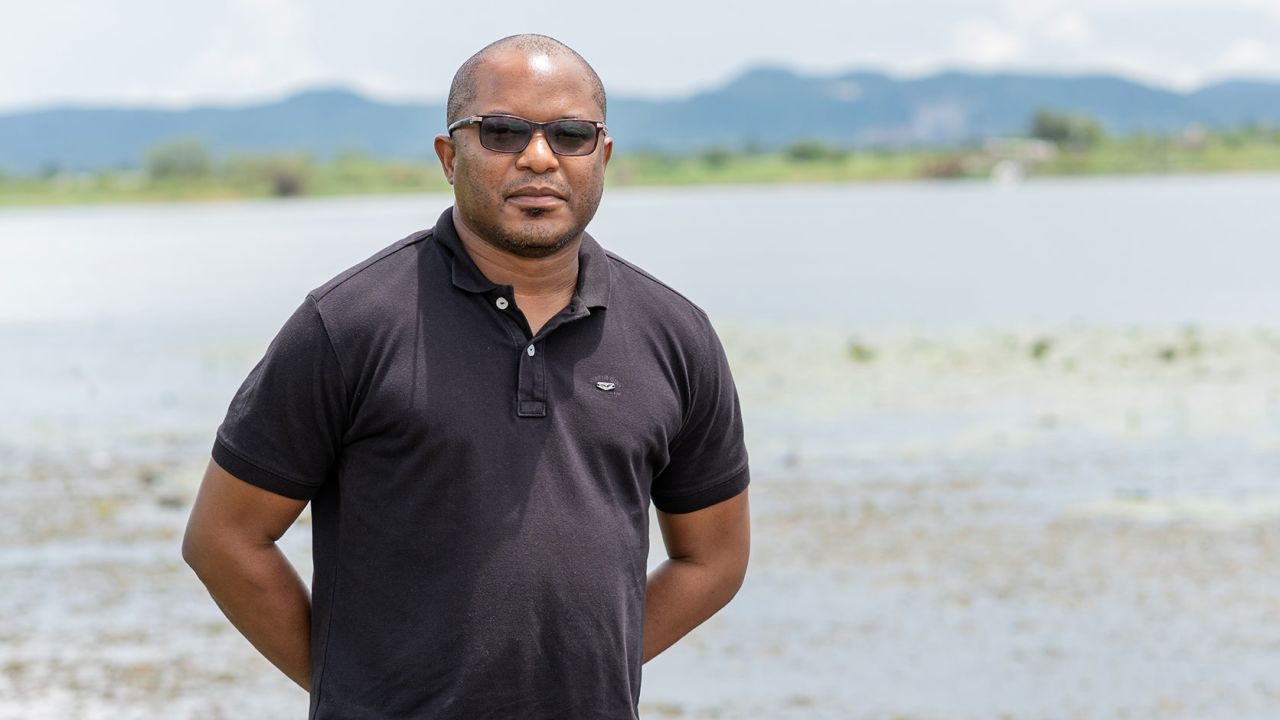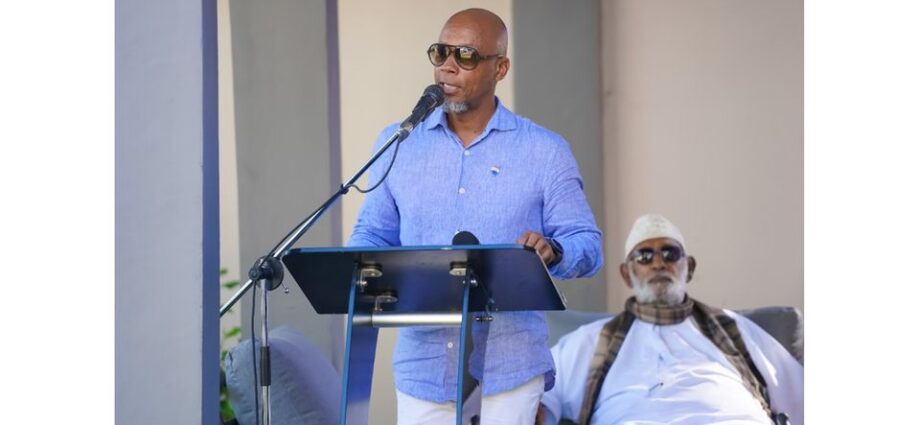Unguja/Zanzibar:
Zanzibar’s tourism sector is booming once again, with the latest figures from the Zanzibar Commission for Tourism (ZCT) showing a rise in the number of tourists visiting the Isles.
The figures from ZCT show that by August 2022, over 322,748 tourists had visited Zanzibar, a number that is close to the 2021 figures, which stood at 394,185.
But with figures presented by ZCT showing that most tourists usually do not return, sector specialists and insiders say the growth in real estate is critical to the promotion of tourism, just as other markets have witnessed.
They cite Qatar, the UAE, Singapore, and other island states such as Mauritius, Seychelles, and Malaysia as examples that Zanzibar can always look up to.
According to the executive secretary of ZCT, Ms Hafsa Hassan Mbamba, there is a need to diversify, as opposed to beach tourism which now serves as a lone source of attraction which makes it a one-off market for tourists.
Speaking at an event organised by Re/Max Omela real estate agents and Dolson Interiors, minister for Tourism Simai Mohammed Said, said investments in real estate are critical in the growth of the tourism sector, otherwise, tourists cannot come to a non-existent entity.
“And that is where credible real estate firms like Re/Max Omela come into play because they have information and advice on the kinds of plots and properties that suit an investor’s profile,” he said.
According to him, with the growing number of high-profile real estate investments, Zanzibar’s fortunes will soon change to host returning tourists.
“The launch of the 17 new off-plan housing developments mentioned by Mr Prevost, will give smaller to medium-sized investors the opportunity to own properties in Zanzibar, which will create a continuous tourism based on the owners returning to their property annually,” said the minister.
His statement is corroborated by the Zanzibar Investment Promotion Authority’s executive director Shariff Ali Sharif, who said the authority is giving special consideration to the promotion of foreign and domestic investment in the islands.
According to Mr Shariff, they have put in place strategies to attract investors and members of the global diaspora, by focusing mainly on promoting high-tech and real estate projects, among others.
“The booming Zanzibar real estate development industry is primarily feeling the ripple effects of the flood of tourists in the exotic settings of the islands of Zanzibar. Buyers of the real estate development are eligible for 100 percent ownership and a resident permit under the new incentive package, therefore, numbers of foreign nationals own residences in Zanzibar, causing their relatives to frequently visit them here,” said Mr Shariff.
Speaking on the sidelines of the Re/Max- Dolson’s one-stop hub for real estate and interior design, James Provost said the majority of their buyers are European, who account for 54 percent of the total transactions, followed by 34 percent from Africa, six percent from the Middle East, four percent from Asia, and two percent from North America.

“The top five countries investing in Zanzibar are Tanzania (28 percent), Poland (11 percent), Germany, France, and Belgium. Over the years, it has been difficult to penetrate the United States market due to the travel distance, but since the Covid-19 pandemic, the number of website visits and inquiries from the United States and Canada has increased by over 312 percent,” Provost said.
He added: “It’s also crucial to note that Zanzibar has been undervalued as a tourism destination to invest in, but as 2023 approaches, the global real estate market bubble is predicted to collapse, which would likely cause property values to drop by between 12 and 25 percent.”
According to him, the ‘unbalanced market’ will come to an end and a “buyer market” will kick in, primarily due to the rise in prime lending rates in western markets from 1 percent to 3.5 percent in 2022 and as high as 7 percent by mid-2023.
“The properties that will generate attention from investors will depend on which assets are priced at “fair market value.” His advice to sellers is to fairly price the property in order to draw in purchasers.
Lending credence to Mr Provost’s claim on real estate’s contribution to the growth of tourism is developer Richard Ashby, whose Emerald Villas construction in Paje, Zanzibar, kicked off this week.
According to Ashby, although the industry is still in its formative years, the early gains in the tourism sector are obvious for all to see.
“One of the questions that most tourists ask is whether they are allowed to own properties here, and that is where we, the developers, and real estate agents come into play,” he said.
Abdullah Mohammed Said Al Kharusi is a former Omani diplomat who fell in love with Zanzibar and who now owns a home in Bweju.
“The years I spent here as a diplomat informed my choice, and immediately after I retired, I decided to come back here, but that was because there were homes available for returning visitors like me, and from what I have seen on the ground, there are going to be many of these returnees,” said Mr Kharusi.
Share this news
This Year’s Most Read News Stories

For years, a UK mining giant was untouchable in Zambia for pollution until a former miner’s son took them on
For years, the people in the villages around Chingola in Zambia endured frequent health challenges and dead fish floating around in their water source, but that was just the beginning of their nightmare.Continue Reading

Tanzanian insurance firms upbeat after first quarter business growth
Total gross written premiums for the insurance industry have increased by 13.68 percent in the first quarter of 2024, with small and medium-sized companies showing higher growthContinue Reading

Zanzibar airport monopoly puts 600 jobs at risk
On September 14, 2022, the director general of ZAA issued a directive that gave Dnata Zanzibar Aviation Services Limited an exclusive access to the newly constructed Terminal III, barring other operators.Continue Reading











